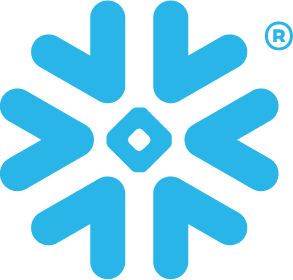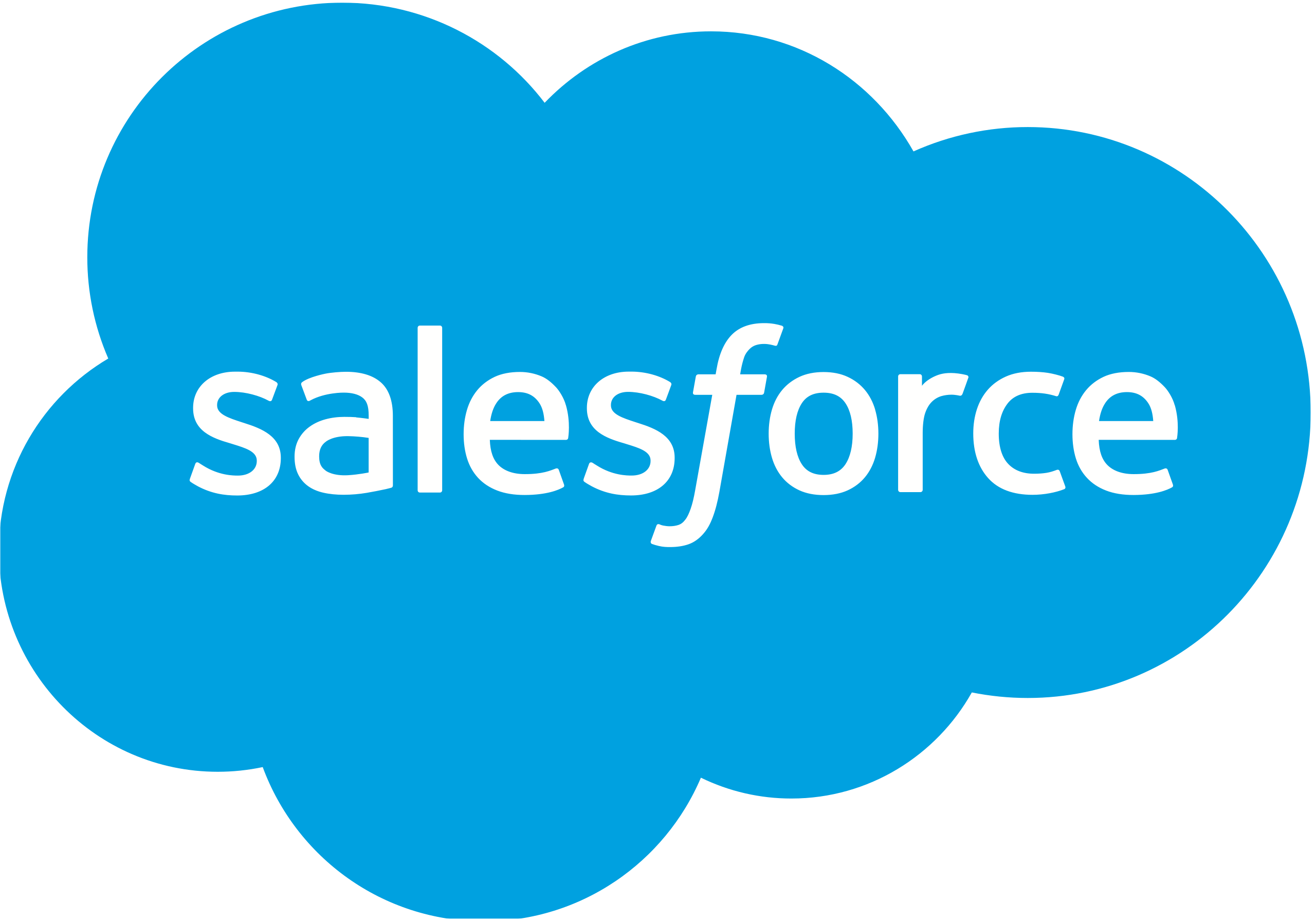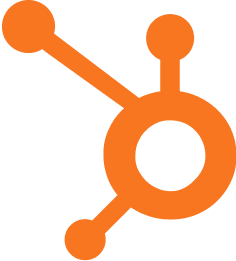Burn Rate: Cash Flow Management in Business

Published on: October 01, 2024
In the world of business and finance, understanding your company's financial health is crucial for long-term success. One key metric that helps gauge a company's financial sustainability is the burn rate. 🔥💰
What is Burn Rate?
Burn rate refers to the rate at which a company is spending its cash reserves, typically expressed as a monthly figure. It's a critical measure of how quickly a business is using up its available capital, especially important for startups and companies not yet generating positive cash flow.
Types of Burn Rate
There are two main types of burn rate:
- Gross Burn Rate: The total amount of cash a company spends each month
- Net Burn Rate: The difference between cash out and cash in each month
Why is Burn Rate Important?
Understanding burn rate is crucial for several reasons:
- It helps predict how long a company can operate before needing additional funding
- It informs strategic decisions about spending and growth
- It's a key metric investors use to evaluate a company's financial health
Calculating Burn Rate
The basic formula for calculating monthly burn rate is:
\[ \text{Burn Rate} = \frac{\text{Starting Balance} - \text{Ending Balance}}{\text{Number of Months}} \]
Example Calculation
Let's say a company starts with $1,000,000 in cash and after 6 months has $400,000 left:
\[ \text{Burn Rate} = \frac{\$1,000,000 - \$400,000}{6} = \$100,000 \text{ per month} \]
Burn Rate in Sales and Marketing Operations
For Sales and Marketing teams, burn rate is particularly relevant when considering:
- Customer Acquisition Cost (CAC)
- Return on Marketing Investment (ROMI)
- Sales team expansion and resource allocation
Optimizing Burn Rate in Sales and Marketing
To manage burn rate effectively in Sales and Marketing operations:
- Focus on high-ROI marketing channels
- Implement efficient sales processes
- Regularly review and adjust spending based on performance metrics
- Invest in tools and technologies that improve productivity
Common Misconceptions about Burn Rate
It's important to avoid these common misunderstandings:
- A high burn rate always indicates poor financial health (it can be strategic for growth)
- Burn rate is only relevant for startups (established companies should monitor it too)
- Reducing burn rate should always be the goal (sometimes increased spending is necessary for growth)
Burn Rate Best Practices
| Do | Don't |
|---|---|
| Regularly monitor and analyze burn rate | Ignore cash flow projections |
| Align burn rate with growth strategy | Overspend without clear ROI |
| Maintain a cash runway of at least 12-18 months | Wait until cash is critically low to seek funding |
Conclusion
Understanding and managing burn rate is essential for maintaining financial health and driving sustainable growth. By keeping a close eye on this metric, Sales and Marketing teams can make informed decisions about resource allocation and strategic investments.
Ask yourself: How can you optimize your burn rate while still achieving your growth objectives? What areas of spending could be more efficient without sacrificing results? How does your burn rate align with your company's overall financial strategy?
















